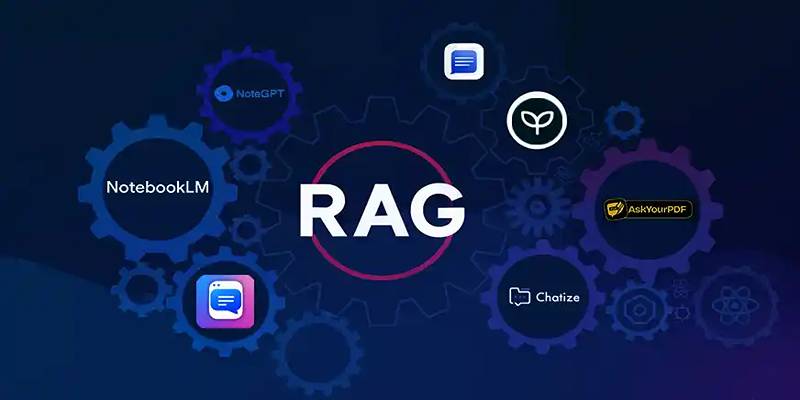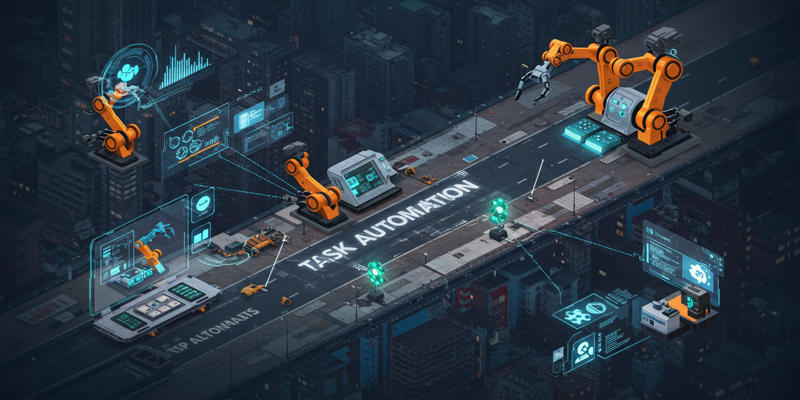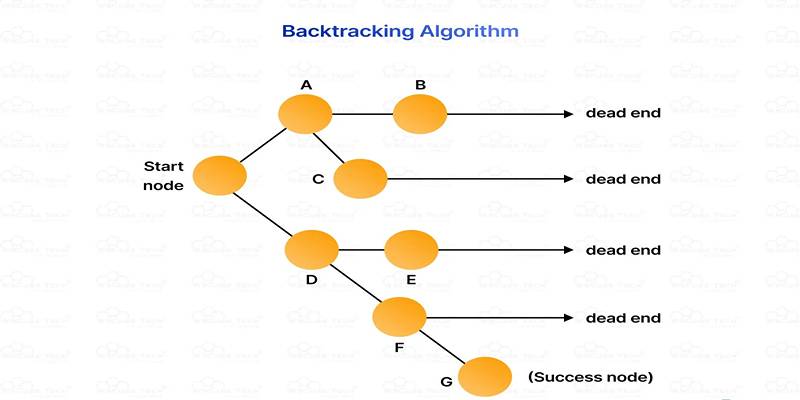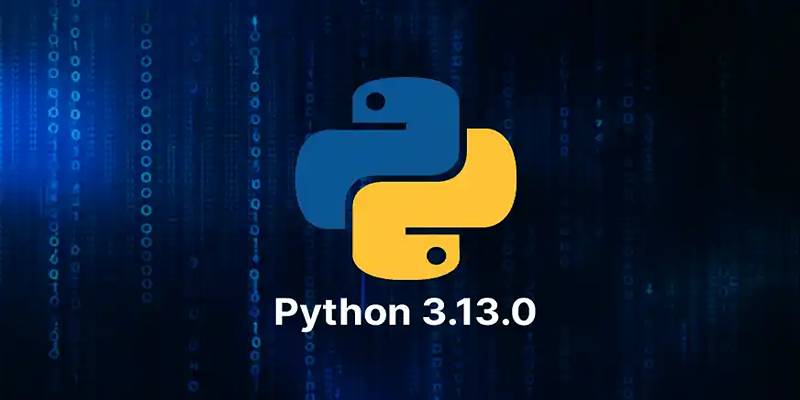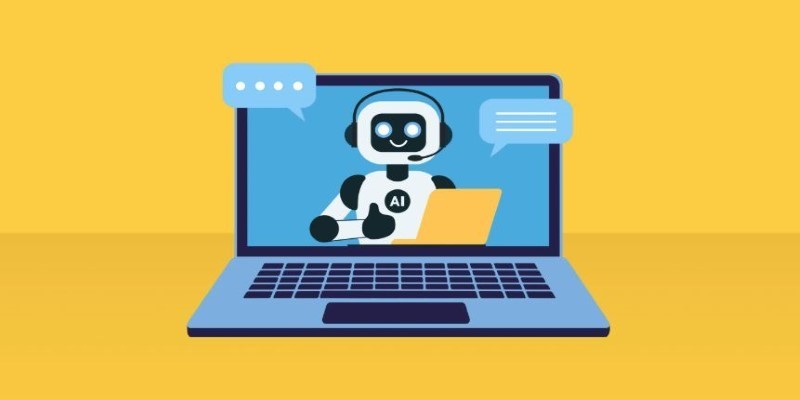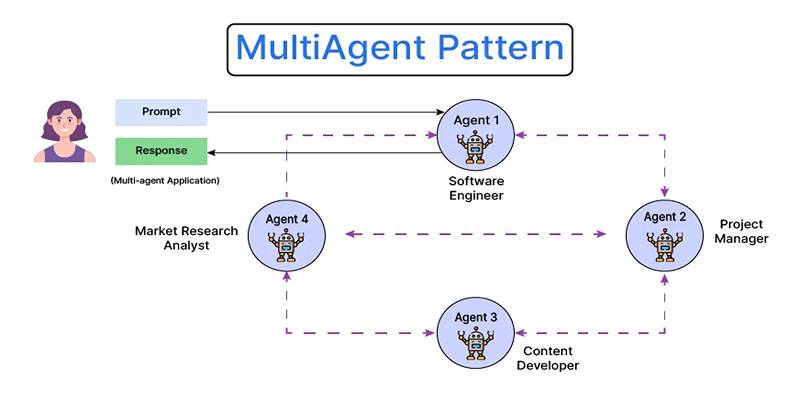Artificial Intelligence (AI) functions as a basic industry transformation tool, enabling automation methods while improving decision processes and promoting innovation operations. Fast AI deployment presents organizations with important challenges that require proper solutions to successfully implement responsible AI applications. This paper analyzes four critical risks arising from AI implementation using concrete real-world scenarios and specific solutions to reduce the impact of these risks.
1. Algorithmic Bias and Discrimination
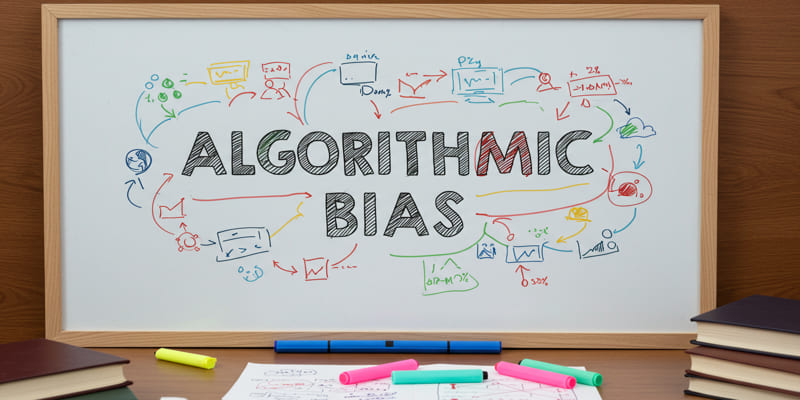
Overview:
When AI systems distribute results that show unfairness or discrimination, it results in algorithmic bias. The systemic problem of bias in AI results from bias in training data alongside errors in algorithm design, which preserve logistical inequalities.
Real-Life Example:
A widely studied illustration of algorithmic prejudice exists in Amazon's AI-based recruitment tool. The training data from past hiring events led the system to downgrade resumes with "women's" terms or references to all-women college names because it chose male applicants over female. Technological hiring patterns of the era showed strong male bias that rested in this recruitment system.
Implications:
- AI-based discrimination occurs during recruitment and lending operations as well as in police work.
- Loss of trust in AI systems.
- Legal and reputational risks for organizations.
Solutions:
- Organizations must collect training data from all diverse groups to eliminate discrimination in predictive models.
- Bias Audits represent a system for evaluating AI models consistently for discovering and resolving biases.
- Users require the ability to understand AI system decisions because of which explainable AI systems need development.
- Organizations should establish well-defined ethical standards that guide their development as well as deployment of AI systems.
2. Privacy Violations
Overview:
To function successfully AI systems require substantial amounts of data while this raises privacy challenges regarding unauthorized data access. The improper handling of data results in the breach of private information and unauthorized exploitation of personal records.
Real-Life Example:
The world criticized the facial recognition software developer Clearview AI for collecting billions of images from social networks without user permission to develop its facial recognition database. The widespread surveillance practices severely threatened personal privacy and privacy rights.
Implications:
- Loss of consumer trust.
- Legal penalties under regulations like GDPR.
- Potential misuse of sensitive data by malicious actors.
Solutions:
- Organizations should obtain only the essential data needed for their purposes because it shrinks the zones where personal information can be exposed.
- Encryption techniques should be used as protocols to protect sensitive information both during storage and during transmission.
- Regulatory Compliance: Adhere strictly to privacy laws such as GDPR (General Data Protection Regulation) and CCPA (California Consumer Privacy Act).
- The gathering or processing of data must have users provide their explicit agreement before beginning.
3. Job Displacement and Economic Inequality

Overview:
The technological revolution driven by artificial intelligence systems automates tasks through machines, eliminating human positions in fields such as manufacturing, retail, and transportation. The rise of technology jobs generates fresh employment options, yet they remain inaccessible to everyone, resulting in increased economic inequalities.
Real-Life Example:
Self-checkout technology used in retail stores has created a diminished need for cashiers and self-driving vehicles pose a job threat to both truckers and taxi drivers. Uber’s funding of self-driving car development could lead to employment loss for thousands of drivers across the globe.
Implications:
- Increased unemployment in certain sectors.
- Widening economic disparities.
- Social unrest due to unequal access to new opportunities.
Solutions:
- Organizations at both government and corporate levels should develop training programs to assist workers who need new skills from AI technological developments.
- By implementing Human-AI Collaboration Models organizations can enhance human operational abilities instead of eliminating human labor with artificial intelligence through decisions support systems.
- The government must establish UBI programs together with wage subsidy initiatives to provide economic support for workers who lose their employment during industrial transformations.
- Organizations must adopt employee welfare as their primary concern for all automation-related processes.
4. Security Vulnerabilities
Overview:
AI systems experience attacks from cybercriminals who use vulnerabilities in data structures and algorithms to accomplish criminal goals that include deepfake development and adversarial attack execution.
Real-Life Example:
A skillful cyber assault which utilized AI voice generation techniques let hackers fool a UK energy company employee into transferring $243,000 into a fraudulent account once in 2019.
Implications:
- Financial losses due to fraud.
- Erosion of trust in digital systems.
- Deepfakes create risks for their use in delivering misinformation through deceptive means.
Solutions:
- Multi-layered security protocols need implementation for safeguarding AI systems from external threats because of their robust nature.
- Adversarial Testing Requires Periodic Application of Potential Threat Scenarios to Model-Based Attacks in Order to Locate System Weaknesses Within Their Initial Stages.
- The control system should restrict sensitive AI operations and datasets through role-based authorization procedures combined with authentication standards.
- The organization should run awareness programs to train workers about phishing threats, including deepfake attacks.
Artificial intelligence's ethical and social aspects go beyond its technical vulnerabilities, thus requiring a unified governance method. Organizations encounter complex compliance issues because AI accountability receives inconsistent regulation at the global level.
Healthcare diagnostic tools that use AI for faster disease detection could produce wrong results when trained by data that does not represent diverse populations. Stanford Medicine published research in 2021 that showed artificial intelligence skin cancer scanners malfunctioned for patients with dark skin because training data sets lacked their representation,thus revealing discriminatory system flaws.
Conclusion
The revolutionary nature of Artificial Intelligence requires organizations, governments, and developers to take preventive measures against its substantial risks. Protecting privacy through fair bias management enables trust in technology, job equity from displacement management, and security protections against harmful misuse.
Responsible use of AI power becomes possible when stakeholders deploy diverse training datasets, ethical guidelines, robust cybersecurity measures, reskilling initiatives, and compliance with privacy law.




